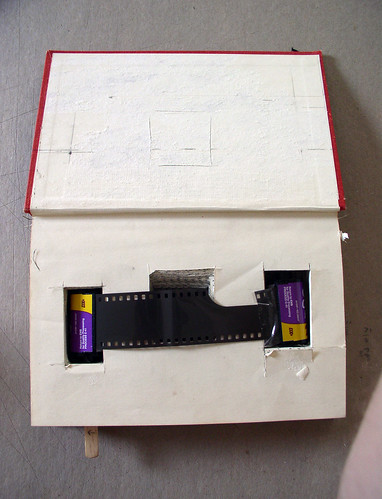"Making a cake for someone is a very intimate thing to do. You're taking their joy and making it into a tangible object."I scrambled to find a pen and paper to write it down. It just struck me... if you're taking joy and making into a tangible object, can't you take pain and do the same? The more I thought about it, the clearer it became. Commemorate the "birth day" with a cake. You can't have your cake and eat it too. Pain, if not expressed, is a kind of poison; better to get it out, to air it as one would a celebration. So the cake series began.
The plans for the cakes I've created so far were days and weeks in the making, followed by dozens of hours making cakes from scratch from a yellow cake recipe I found in the Joy of Cooking. I've spent even more hours icing them first with buttercream frosting, then kneading and rolling out and carefully smoothing fondant, purchased in 15-lb. tubs, over the tops.
Many people have suggested that I simplify my process and decorate a styrofoam box or at least make the cakes from a mix. I feel the need to make them from scratch. Something about holding on to that womanly tradition of baking, of creating for the family, of putting love and time and effort into this cake for celebration. I mean, isn't that a major part of the Cesarean issue? There isn't time to do it naturally, it's too difficult to do it naturally, so let's cut corners, let's speed things up, let's make it from a box. So I make them from scratch, carefully dividing the yolks from the whites, carefully separating the pain and disappointment and dishonesty of the process of that brought my daughter into the world from the beautiful person that came out of that experience.
In the process, I have become as intimately involved with my cakes, and what they express, as I could ever hope to be, as a necessary part of my production process. I experimented with freezing the cakes, both in uniced and in fully decorated forms, to "batch" them for shooting sessions; learned how the studio lights turned their matte finish into a sweating surface that was warm to the touch in a matter of hours; how long they'd last before they decayed, like a mummifying body, gently caving in on themselves under a thick exterior. I tend to them, baby them, replicate and refine them in the hope that, in the end, the photographs of these cakes will speak for themselves, and that they will speak for me.








